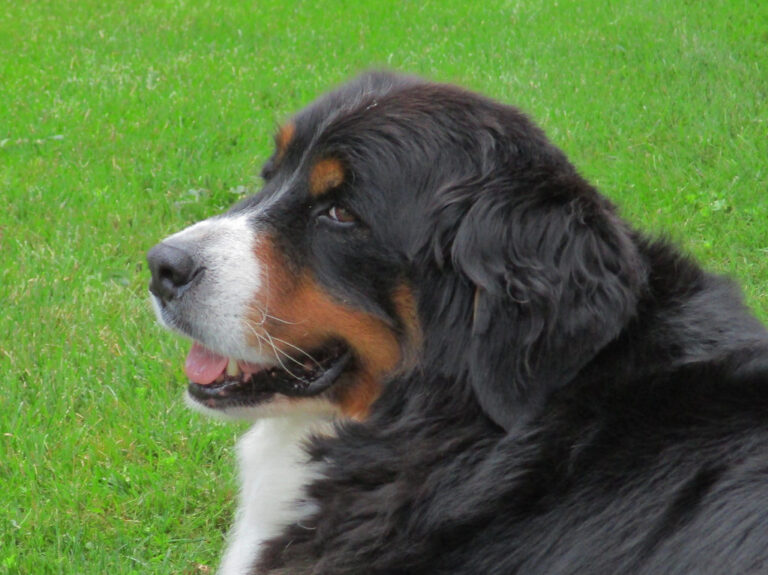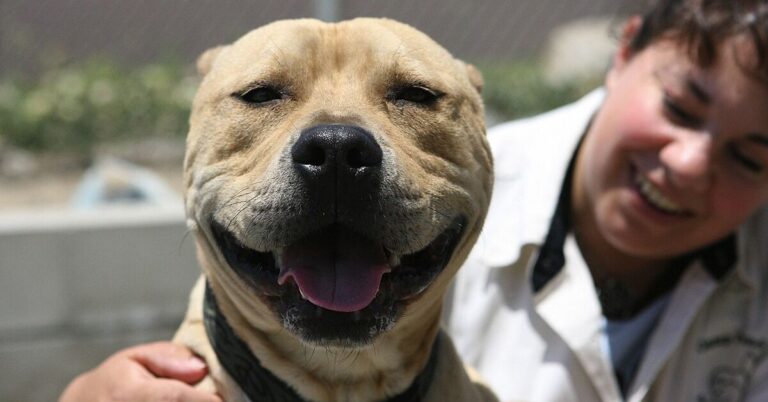15 Care Tips for Your Dog After She Gives Birth
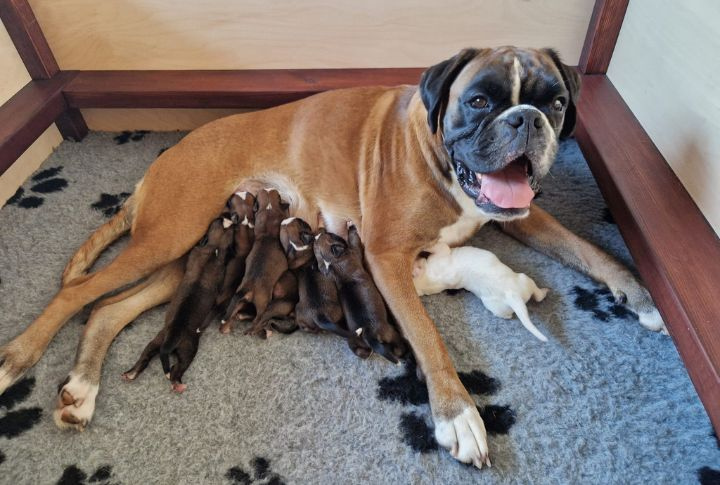
So, your dog’s just had a litter, and you’re wondering how to best support her during this time. It’s a period filled with both excitement and challenges. To help navigate this new chapter, we’ve put together 15 essential care tips that’ll keep your dog and her adorable pups in tip-top shape.
Provide a Comfortable Space
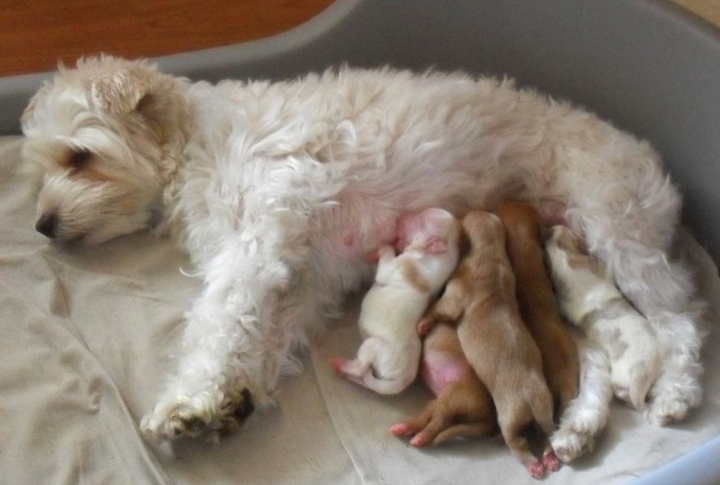
Dogs need some comfortable space after they give birth. The mother has to bond with the new puppies, which is best done without disturbances. If you have a whelping box, that will be the perfect place for her.
Don’t Hurry to Discard Placenta

Eating a placenta can restore the nutrients lost in pregnancy, and there is no harm in consuming them. In addition, it stimulates milk production and has protein. So allow your dog some time to see if they’ll eat it.
Pay Attention to Her Diet
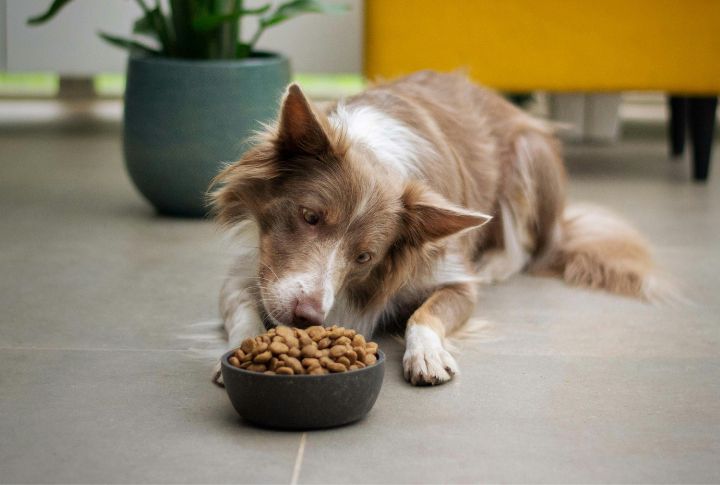
Dogs need more calories than usual in their nursing phase. In some cases, they may require up to six times the normal amount. Choose a diet tailored to a lactating dog, and feed her small meals plenty of times instead of large meals at once.
Keep Her Hydrated
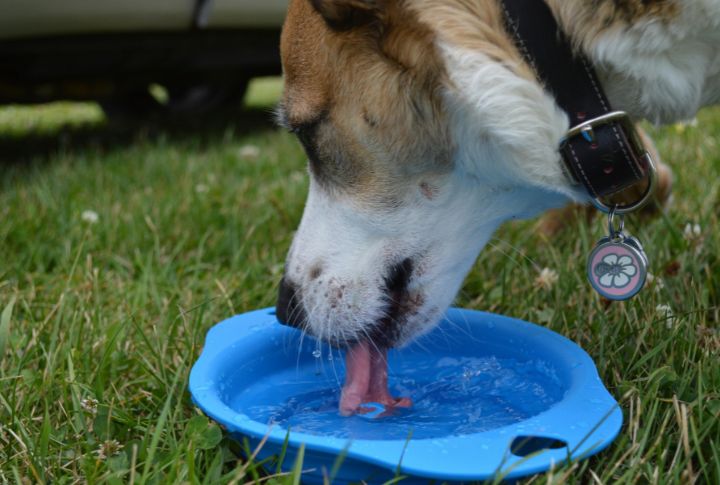
In their lactating phase, they lose a lot of fluid, so ensure your dog always stays hydrated. Always ensure that they can easily access fresh water. Put some in a bowl close to them. You can also add water to her food or feed her more broth to increase her water intake.
Observe Her Temperature
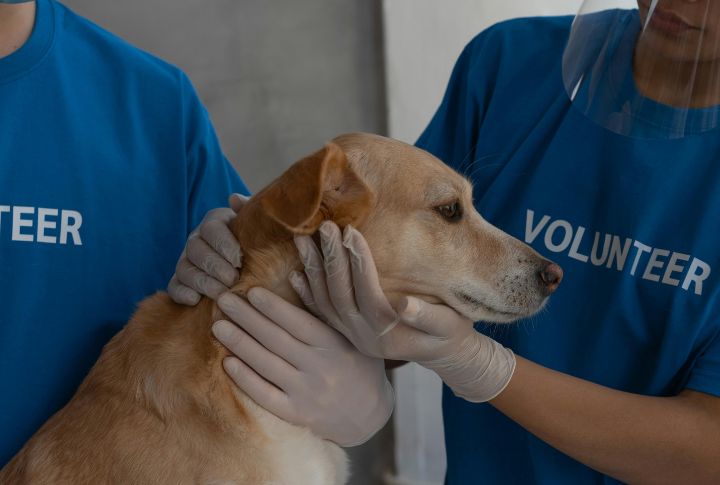
Monitor her temperature periodically to catch any signs of infection or complications quickly. A normal postpartum temperature for dogs shouldn’t be above 101.5 °F. If it rises above that, it could be an infection, and you should contact your vet immediately.
Keep Whelping Area Clean
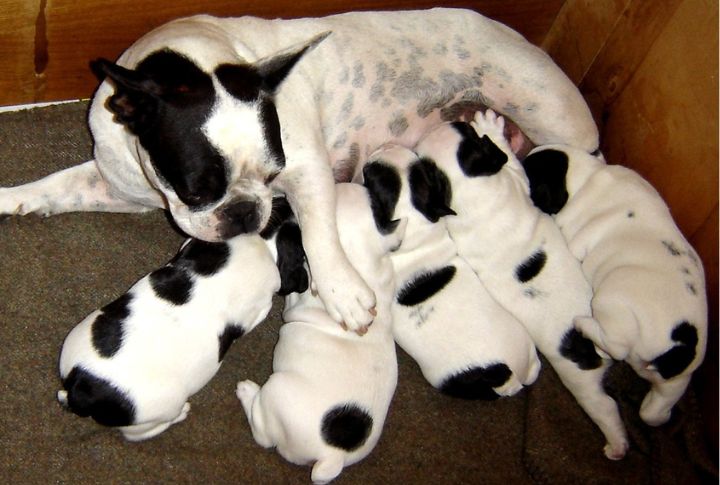
Your dog should be able to enjoy a clean space after birth so her health and that of her puppies are not at risk. Change the bedding daily or whenever it gets soiled so bacteria doesn’t accumulate. When you want to disinfect the area, use a pet-safe option.
Watch Her Lochia
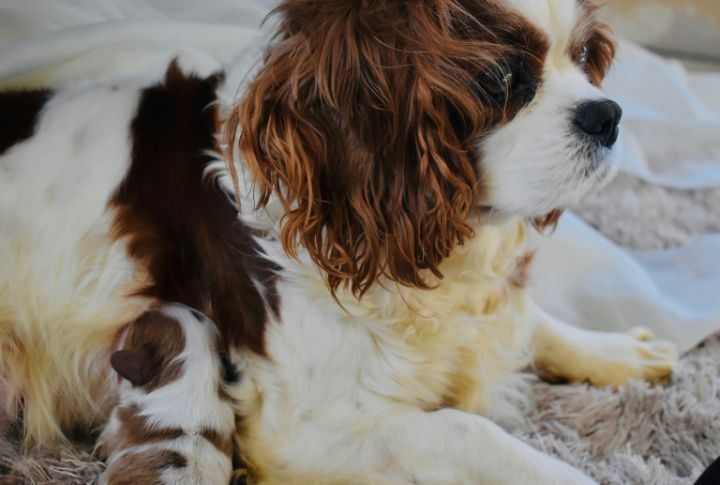
For the next three weeks, expect your dog to have a vaginal discharge, also called lochia. This can happen for longer but shouldn’t exceed eight weeks. As time passes, the color should darken, and the quantity should decrease. If it doesn’t stop flowing or becomes smelly, see a vet.
Watch for Mastitis

Look out for discharge, redness, and swelling on your dog’s breasts. It could mean she has mastitis, which can reduce milk production and make breastfeeding uncomfortable and possibly painful. Don’t allow a dog with mastitis to feed puppies until the vet says it’s okay.
Encourage Short Walks
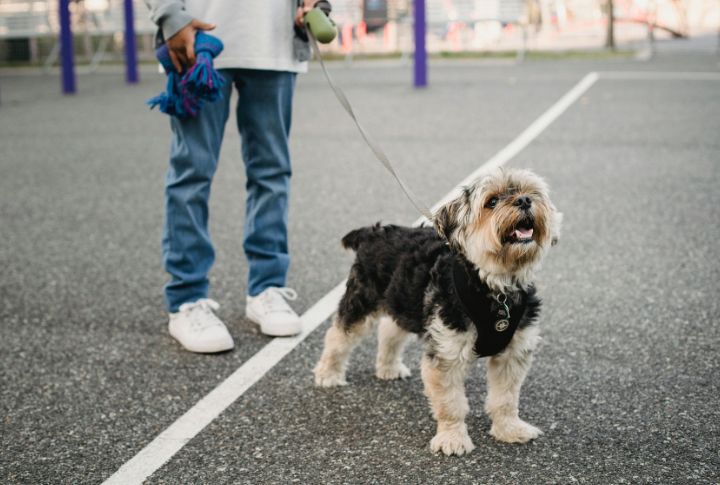
To prevent stiffness, offer to take her on a short walk a few days after she gives birth. Besides preventing stiffness, they provide her with a necessary mental break from puppy care. It’s best to do the walks in quiet places so the noise and activity don’t further stress her.
Monitor Her Behavior
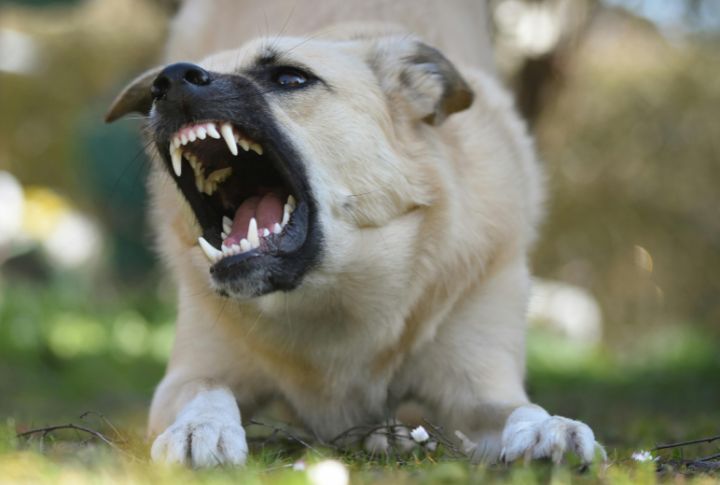
Be on the lookout if she develops postpartum issues like aggression or lethargy. Lethargy may point to an infection. You may notice that your dog is refusing to care for her puppies or extending her motherhood to puppies that aren’t hers. A vet will advise you on what to do.
Check Lactation Through the Puppies
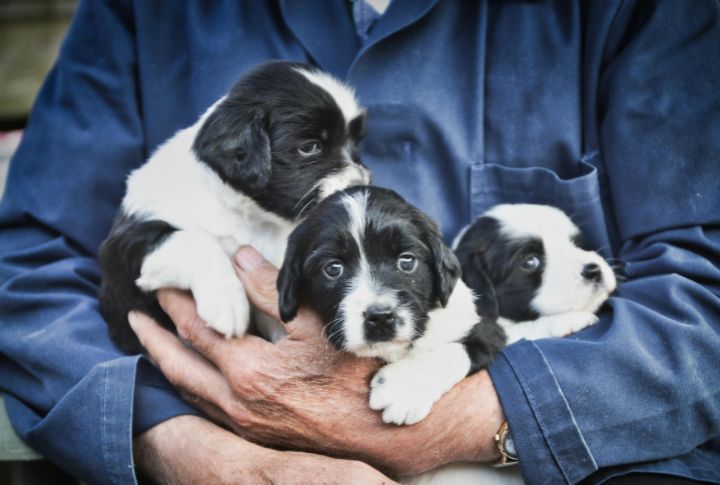
Puppies that are constantly crying are likely not getting enough milk. It also shows when puppies’ body masses are not increasing as much as they should. Check with your vet for help with supplements and substitute feeding options.
Vet Check-Up
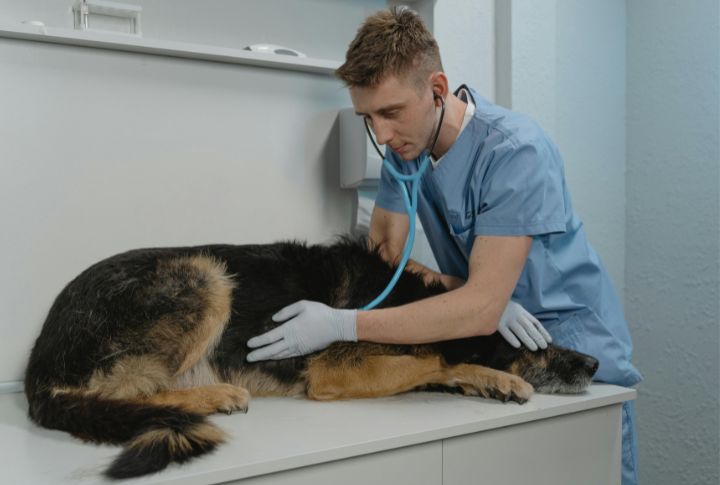
Have the vet visit regularly to check on your dog’s recovery and your puppies’ progress. During these visits, you can ask them questions about caring for your dog and its puppies and get professional advice. The vet can catch potential problems faster and help you prevent them.
Manage Her Weight
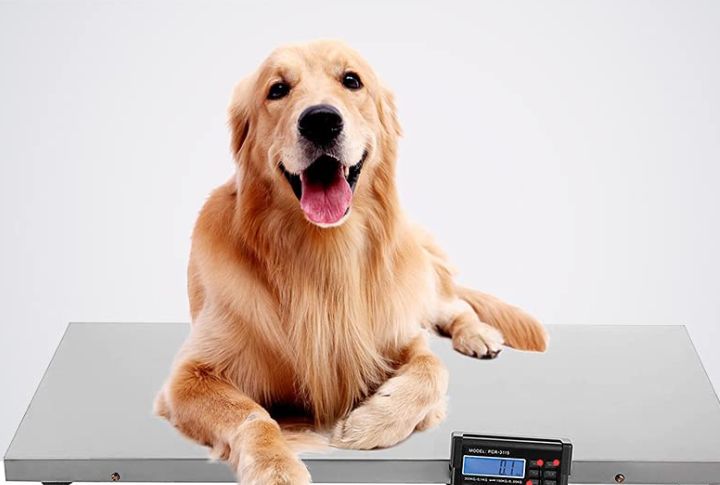
If she’s losing body mass, it could be because she’s not getting a diet that supports her weight. Adjust her diet accordingly. If nothing changes or the loss is fast, it may be an illness that requires a vet’s intervention.
Watch for Parasites
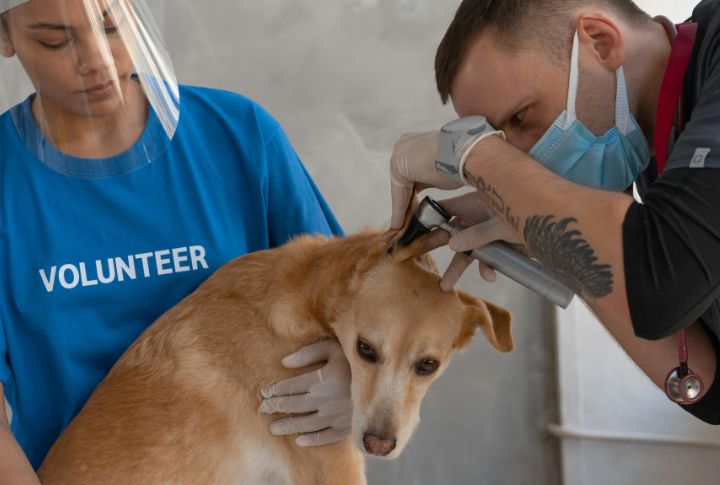
Stay educated on signs of fleas, ticks, and worms so you can identify them before they cause major harm. Inspect their skin and fur, and ask your vet about safe parasite control options. Some parasites, like hookworms, can be transmitted to puppies, so you need to be extra careful.
Be Present
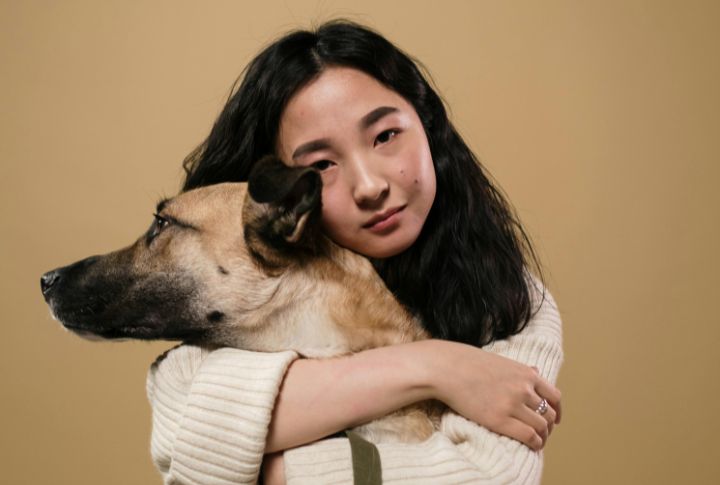
Spend time with your dog and make her feel supported. Having new puppies can be overwhelming for them, but with your comfort and presence, she may be able to handle it better. Remember that your dog has emotional needs, and the puppies may not be able to meet them.
